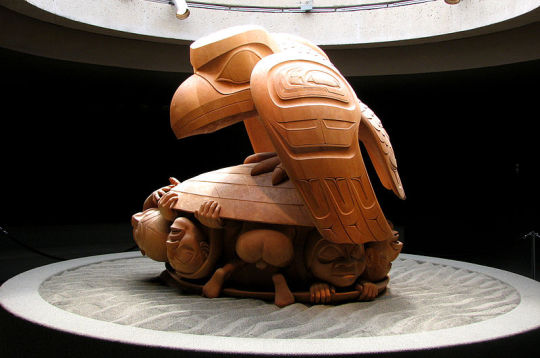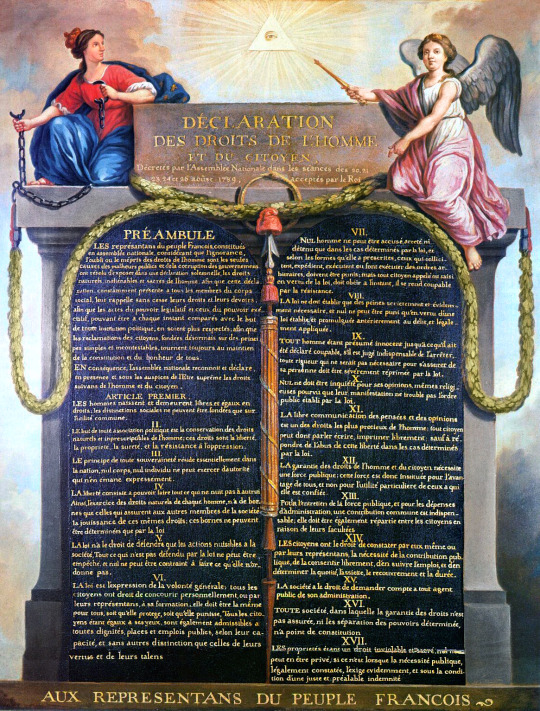Note
Hello, I just want to ask what you think of De Vermis Mysteriis? Forgery or the real thing? I mean, after the disappointment of the fake Eltdown Shards, it would be sad if this one wasn't the real thing, too.
My opinion as a scholar? It's the real thing. The historical archaeologists at Miskatonic University need something to come out of the vast amounts of research (and money) they've dumped into acquiring it.
Or if not, it's a very good forgery, which given MU's track record with acquisitions would not surprise me.
0 notes
Text
The Eyes Have It
The eye is a shared cultural image of protection and observation, with some allowances given to how the symbol is portrayed and/or propagated. Out of all of the symbols that appear to translate across cultures and eons, the eye is the only which does not transmute over time. It remains a standard symbol, no matter in which permutation it takes, in which the culture that is using it, uses it to dictate that this is something that is protected.
The origin of the meaning of this symbol is unknown, but one may make a guess about to how it came about. A large portion of the sensory data that humans process comes from our eyes, thus making it an integral part of the life experience. As any one with glasses can attest, the loss of sight can often result in a lack of processed information. Due to this immense importance of sight, it is safe to assume that vision leant itself readily to the concepts of observation and protection.
2 notes
·
View notes
Text
Sorry about not being that present.
Little bit drowned in course work. Updates shall resume as soon as possible. (Mostly pending grant money being recived)
0 notes
Note
Is a canidate like a canid?
How is a raven like a writing desk?
Rhetorical questions never get anyone anywhere in terms of research.
0 notes
Text
Raven and Owl
"A story from the Puget Sound region describes the Raven as having originally lived in the land of spirits that existed before the world of humans. One day, Raven became so bored with bird land that he flew away, carrying a stone in his beak. When Raven became tired of carrying the stone and dropped it, the stone fell into the ocean and expanded until it formed the firmament on which humans now live." (Taken from Wikipedia)
The Raven enjoys a dual role in most mythologies. As stated earlier, for most European cultures, the Raven is a sign of bad things to come, yet will ride with the victorious in battle.
For a segment of indigenous cultures in the Pacific Northwest, the Raven is largely a figure of good. While he does fill the role of the archetypical Trickster, the tricks he plays inevitably end up with positive results for humans. It is the Raven, for the Haida that introduced humans to land, taught them how to hunt for salmon, and how to use fire. In this role, the Raven brings light, and some form of knowledge, whilst still maintaining a relatively morally ambiguous role.
On the opposite side of the spectrum, we have the owl. The owl is a shared cultural sign of ill omens, usually of the death of a family member or friend. While I was unable to find a specific tale as to why the owl is considered evil, the association between witchcraft and owls translates across cultures. This is not to say that there is not some dissonance between what ethnographers observe and what the records say, but it is important to note that owls usually fulfil the role of an accursed messenger.
2 notes
·
View notes
Photo

Raven and the First Man - a sculpture by Bill Reid.
2 notes
·
View notes
Photo

The Declaration of the Rights of Man and the Citizen, with the Eye of Providence at top center.
0 notes
Note
The birds, the birds, flocking in herds. Swarming all over and coming again, have you heard of the Irish goddess named the Morrigan?
Goddesses, correction Anonymous, The Morrigan are a tripartite set of concepts.
The name has come up during my research regarding the purpose of birds within cultures, though it seems that it firmly assigns a morality value to the negative side of birds.
Though, it would do you to note that The Morrigan is not only portrayed as a crow, but also as a wolf and/or a horse.
0 notes
Text
Shakespeare and Birds
[King Henry VI, Part 3 -Act 5, Scene 6]
“…And orphans for their parents' timeless death,—
Shall rue the hour that ever thou wast born.
The owl shriek'd at thy birth, an evil sign;
The night-crow cried, aboding luckless time;
Dogs howl'd, and hideous tempest shook down trees;
The raven rook'd her on the chimney's top,
And chatt'ring pies in dismal discord sung.
Thy mother felt more than a mother's pain,
And yet brought forth less than a mother's hope,
An indigested and deformed lump,
Not like the fruit of such a goodly tree.….”
Shakespeare often uses birds as sign of a messenger, delivering tidings both fair and foul to those in the play. Most notably, Corvids (crows, ravens, rooks, magpies, and kin) and owls are used as very direct signs that the news/person being discussed is bad news to everyone around them. This may be related to the occurrence of most Corvids around battle, due to them being scavengers. This could be refuted though, as the Tower of London deliberately clips the wings of their ravens, as to keep them there, lest the monarchy fail.
With this, it might be indicative of a dual role for the raven within Elizabethan (and later) England. While not a good sign, the occurrence and appearance of ravens possibly foretold a battle or a major change in fortune.
“…SECOND MESSENGER.
…Flock to the rebels, and their power grows strong…
KING RICHARD.
Out on you, owls! Nothing but songs of death?
There, take thou that till thou bring better news….”
[Richard III- Act 4, Scene 5]
While flock often is used to describe a collection of sheep or other cloven hoofed ruminates, it also conjures the image of a large collection birds descending upon a town- not a pleasant thought, even in our modern times of technology and advanced scientific knowledge. This may have been a deliberate choice on the part of Shakespeare, or it may be speaking of the unconscious fear that humans have regarding the erasure of ‘them’ by an uncontrollable force.
And, once again, Shakespeare uses owls as a sign of ill omens, specifically their songs. This translates across the ocean and to indigenous cultures in the US.
2 notes
·
View notes
Quote
And Jesus saith unto him, Verily I say unto thee, That this day, even in this night, before the cock crow twice, thou shalt deny me thrice.
Mark 14:30
0 notes
Text
Introduction
Through out history, there is a pattern of repeated (and shared) concepts. While often, the links are tenuous; there can be an argument made for the basis that these concepts come from a shared human experience.
These shared experiences are often written about by giving the concepts a very human face and name. I expect the names to vary between (and within) cultures, but to cover the same concepts.
In this project, I aim to find a pattern of experiences that can be solidly linked to a non-nebulous concept that is not dependent upon cultural means. I am expecting to find that this is not the case, because it is preposterous to assume there is some form of mono-culture. (As much as the nutcases who think aliens built ALL the pyramids think that’s the case.)
The project will be mainly research based, with special focus given to original source documents (a prospect terribly limited by my lack of languages outside of English and German), with an analysis of each of the texts given afterwards in a separate post. I can make no promises as to how connected these posts will be, as I’m likely just going to use this blog as a place of keeping all of my sources in one place.
Samuel.
0 notes